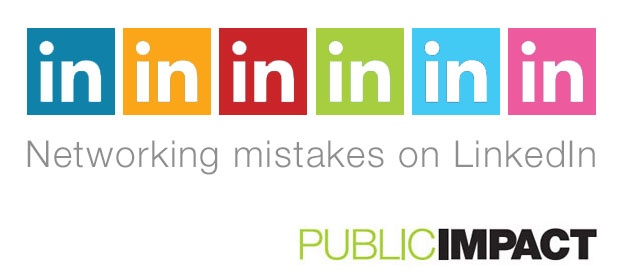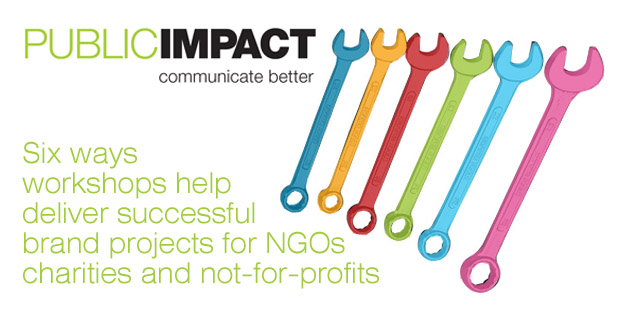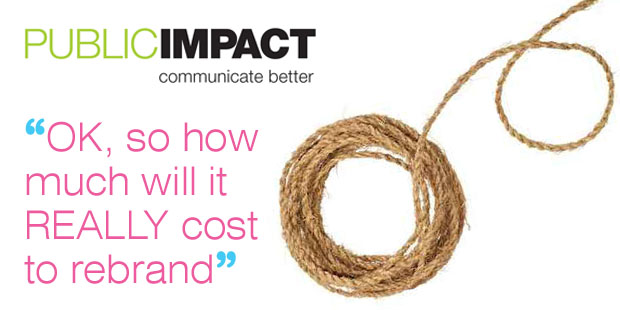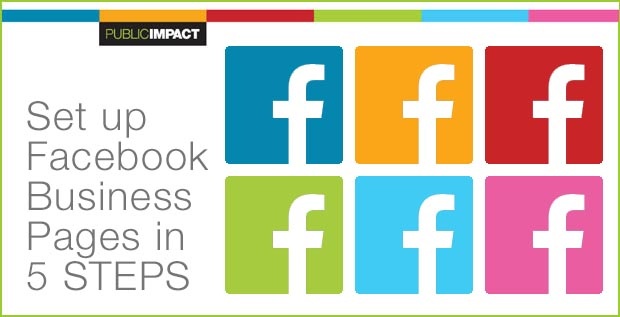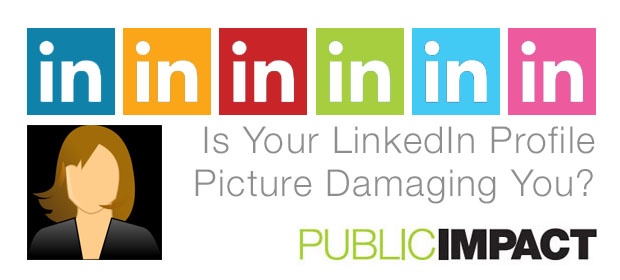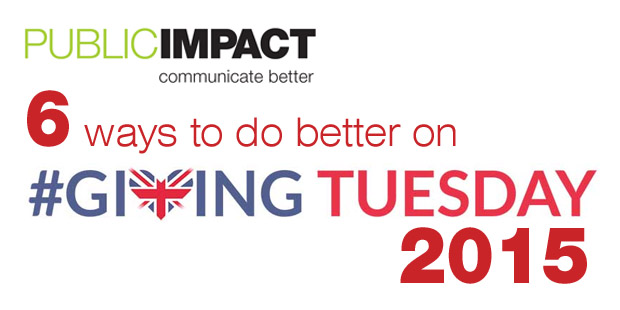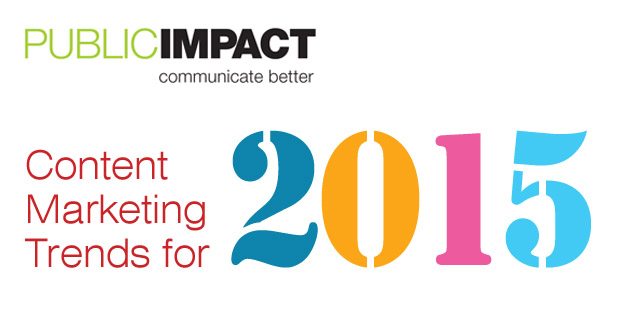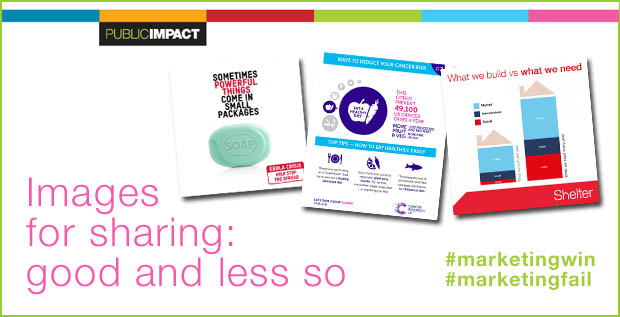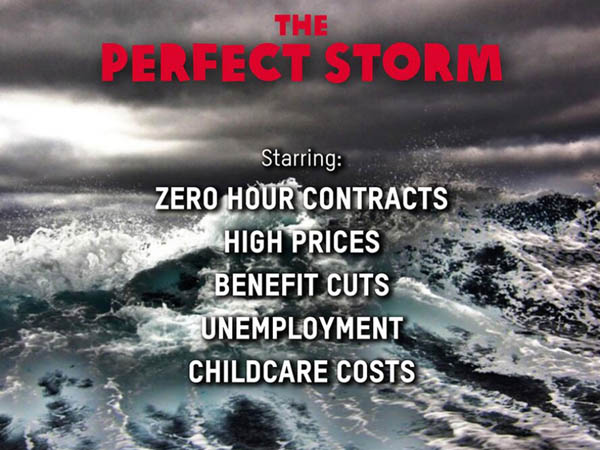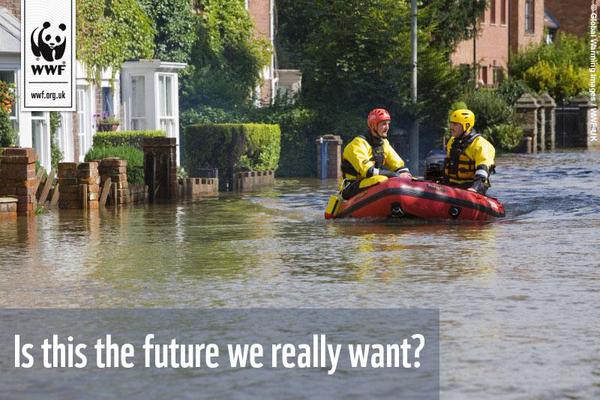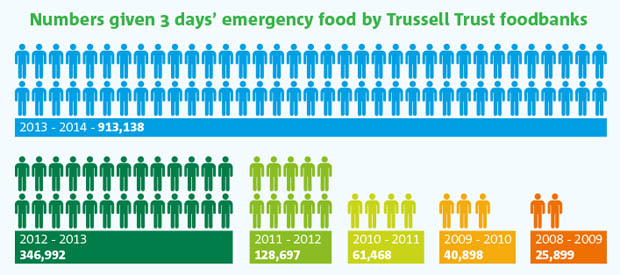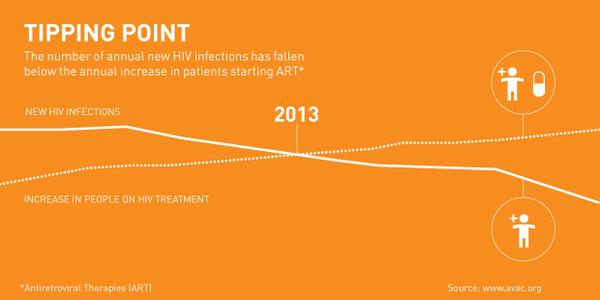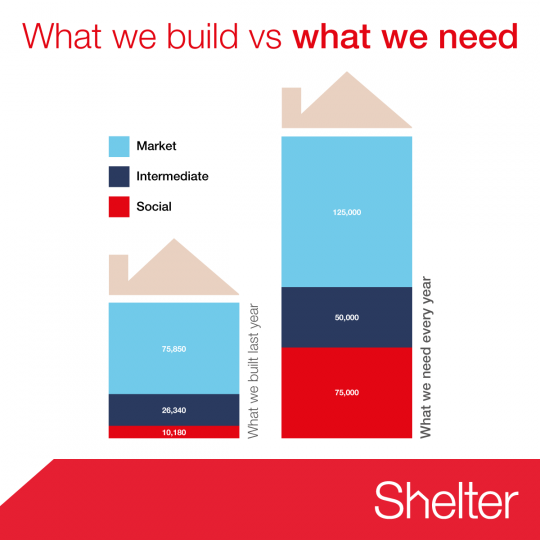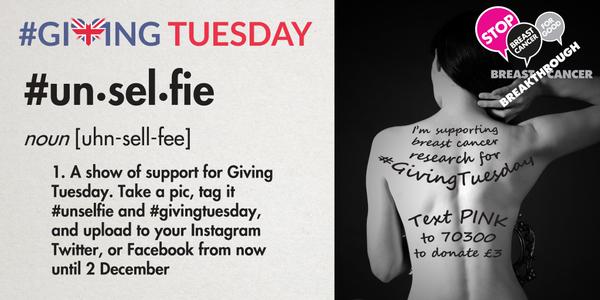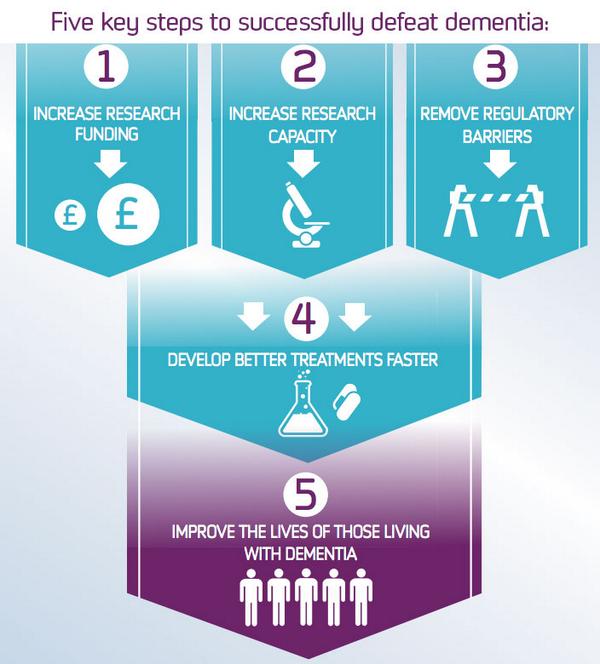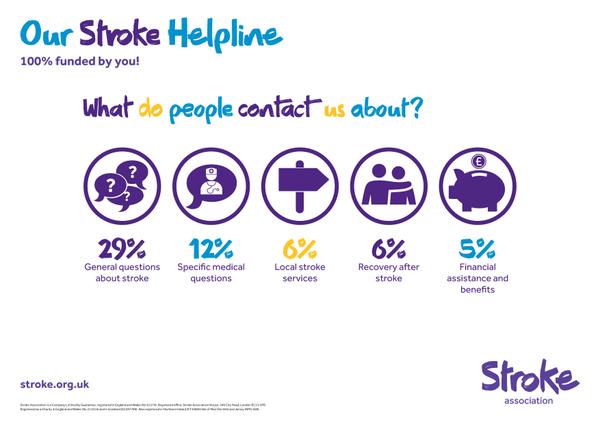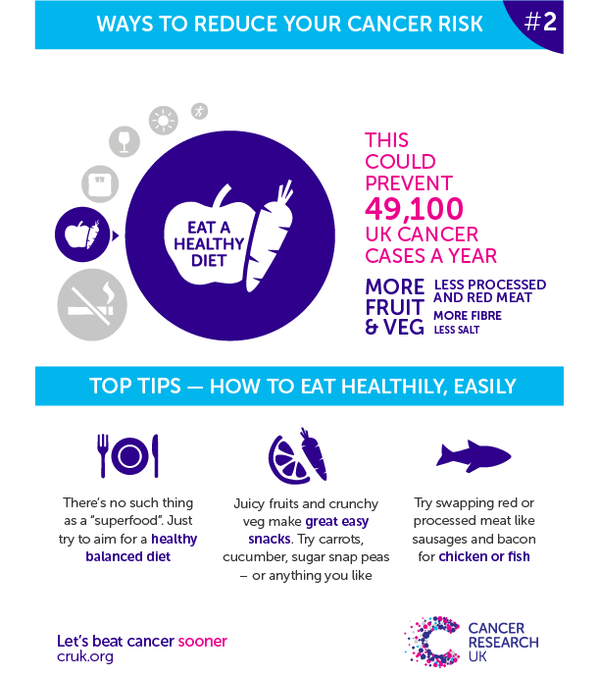Because a brand expert really ought to know
Regular readers of this blog will know that amid the cascade of cheerfulness and enthusiasm there is the occasional grumpy note. For new readers, it’s best I tell you now that this one’s a little grumpy – but stick with me, please.
I received an email a couple of weeks back, supposedly from a supposed ‘expert’ in branding – or at least that what the grandiose job title said. What is it with job titles these days? I try not to get angry, I really do, but this one made me angry and every time I think about this brand expert I two weeks on I still feel irritated.
Mr Expert (real names have been changed to check the culpable) told me that it was “essential” that businesses like mine “rebrand regularly” to keep our image up to date and went on to explain that “every leading business knows how important it is to re-brand”.
It makes me angry because it’s exactly the kind of thing that gets our industry a bad name. Mr Expert knew nothing about our business. Mr Expert had never spoken to anyone in our business. Mr Expert doesn’t know a thing about our current brand – but somehow he does know we need to change it. Reading further it’s pretty clear that, by brand, Mr Expert means logo. For a marketing junior to equate brand with logo is one thing but an “expert”. Perhaps Mr Expert knows all these things but failed to check with whoever was writing the email – sloppy processes. Anyway, I didn’t delete the email – I’ve kept is as an example of how bad email marketing can get!
So how should it work? How do we know if an agency knows what it is talking about.
Understanding your business
You need to know that the agency is going to take the trouble to understand your business before they start drawing pictures or fiddling with Illustrator. Brands are about business. The needs of different business determine the nature of branding. Unless the brand consultant and the agency to which they belong have a clear understanding of your business objectives it’s unlikely they will get it right.
Full re-brand or refresh?
Often, when people talk about ‘rebranding’ it isn’t really what they mean. A full re-brand normally starts with a blank sheet of paper and is normally driven by a specific business objective. This can be positive – new branding is required to address expanded markets, because on-line business will become much easier or to reflect the greater whole after a merger. Sometimes the drivers can be negative, new branding could be required following a substantial failure of a product or perhaps because the business function has changed so substantially that the old brand was just too well known for something no longer done.
If however the business objective is to appeal to a wider audience or different demographic or the objective is to bring the organisation up to date then a re-fresh of the existing brand may more appropriate. The agency should understand the need to align your brand strategy with your business objectives.
What’s It Worth?
Brands have a value. It is sometimes difficult to put a precise figure on it, but there is always a value and it can be assessed. Of course the value might, on balance be negative – but that’s what you need to figure out. The agency should be able to help. How is the agency going to work out the value of your brand? What factors are they going to factor in to their assessment?
It’s Not About You!
Well, it is, but it is much more about the people who are buying your products and services and those who potentially might. Understanding the audience is essential to how your agency approaches its work.
It’s about the ‘how’ as well as the ‘what’
A reworking of your branding is an opportunity, a chance to bring to the fore what makes your business tick and to create among your people a deeper of what your brands mean to people and how to project them. Your agency should understand the potential of brands as tools of business organisation and how to achieve buy in from your staff.
Where do we start?
There’s a lot more of course: how the digital world affects your business and your branding, how a transition to a new or refreshed brand can be mapped out and so on. But back to the original question, how do we best understand where to start?
In our view the best philosophy is to gain an understanding of the business and the brand with an open mind. To examine the existing brand in detail, to ‘audit’ the brand and to recommend the most appropriate course of action to enhance the value of the brand: a full re-naming, a simple facelift or something between. All of this should be considered before anyone has even suggested sketching out a new logo.


